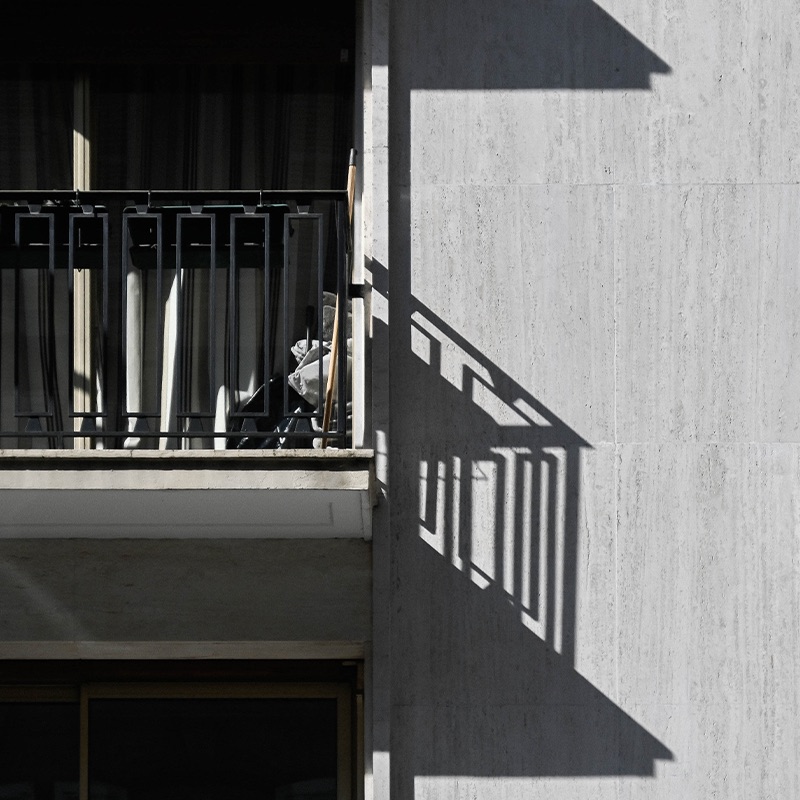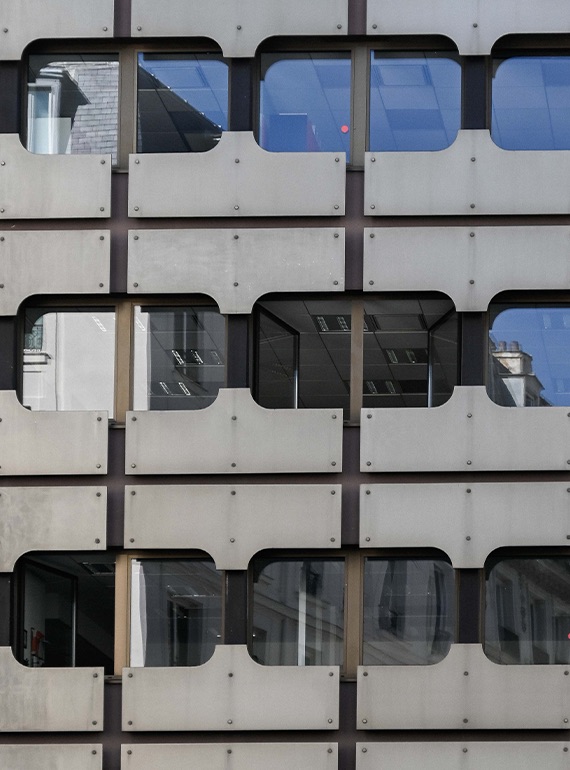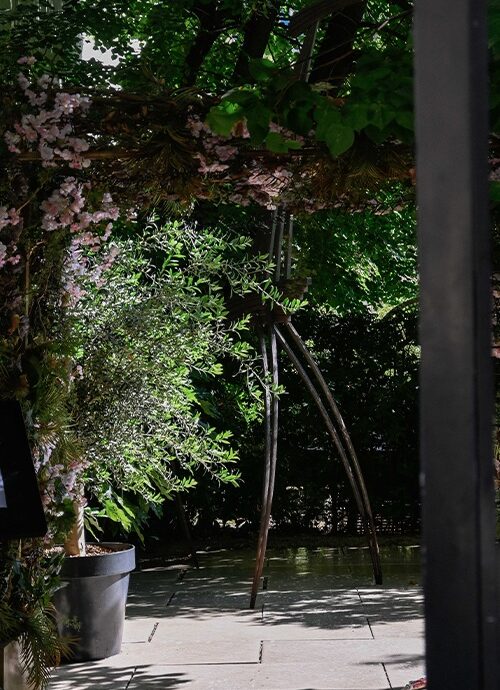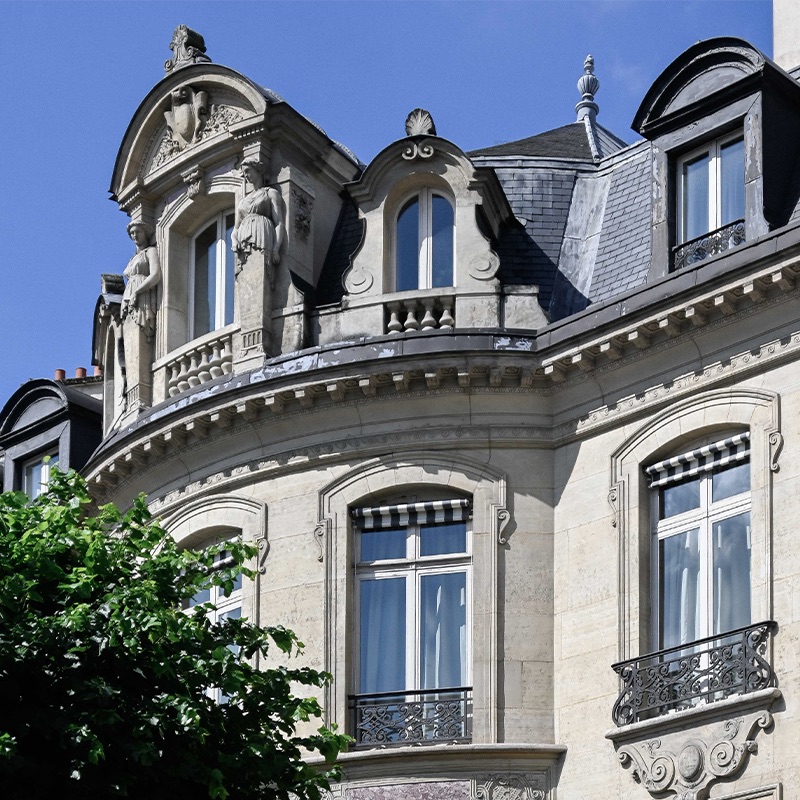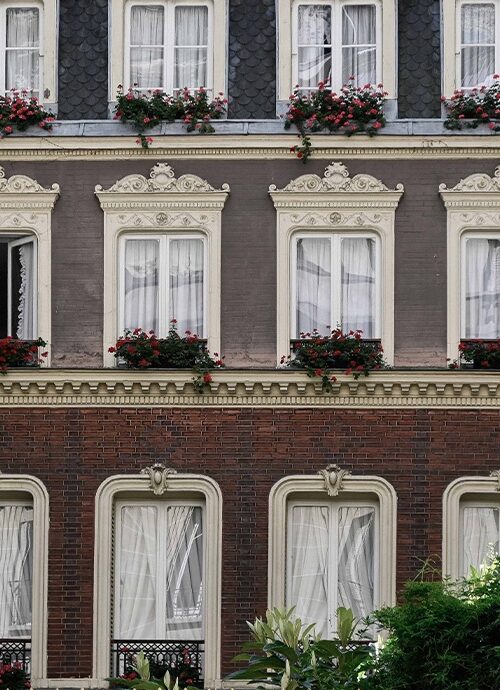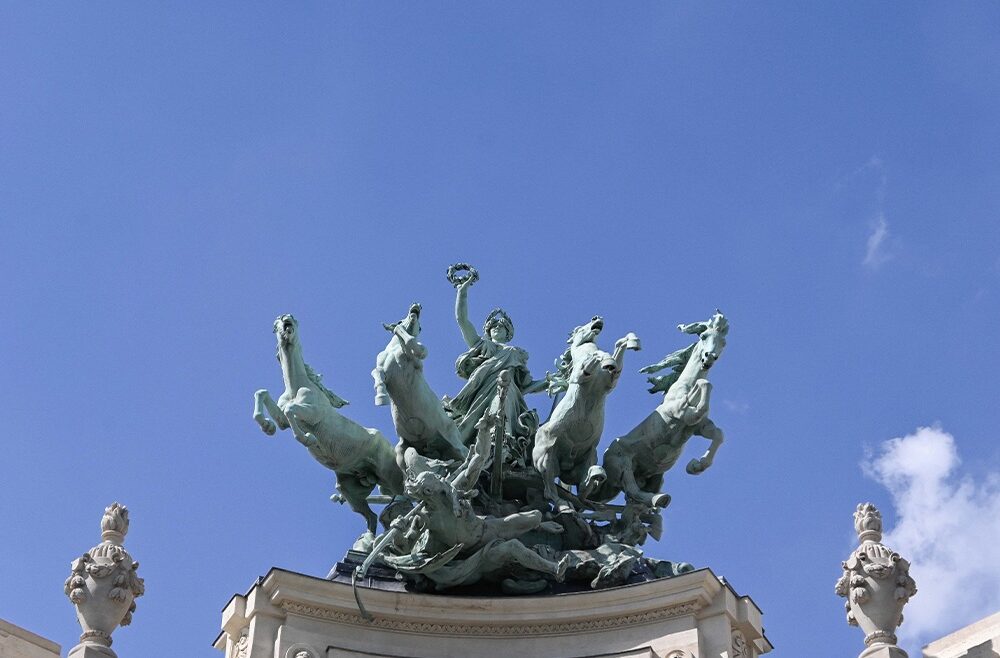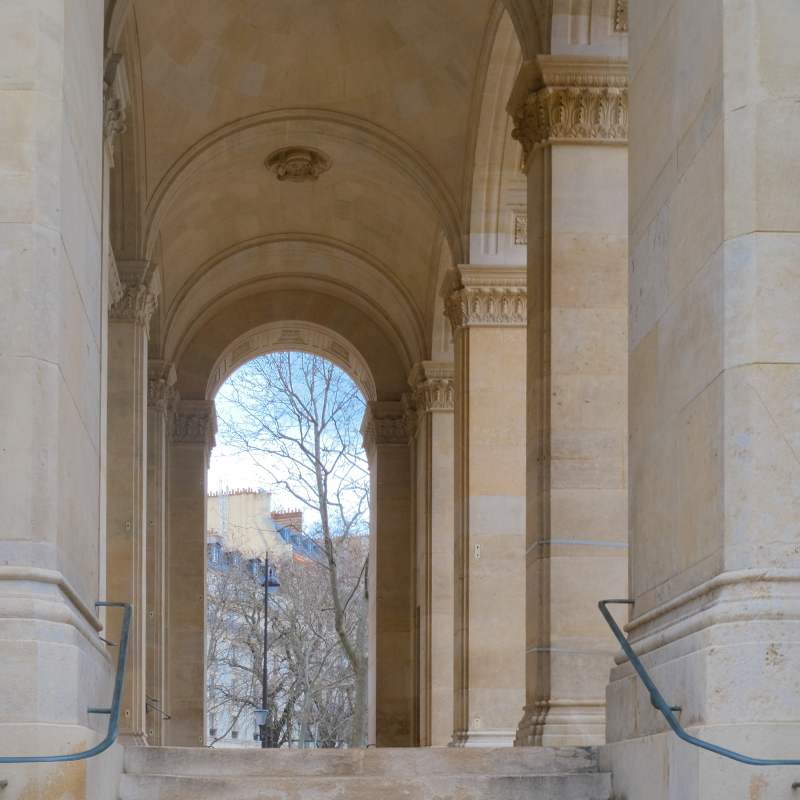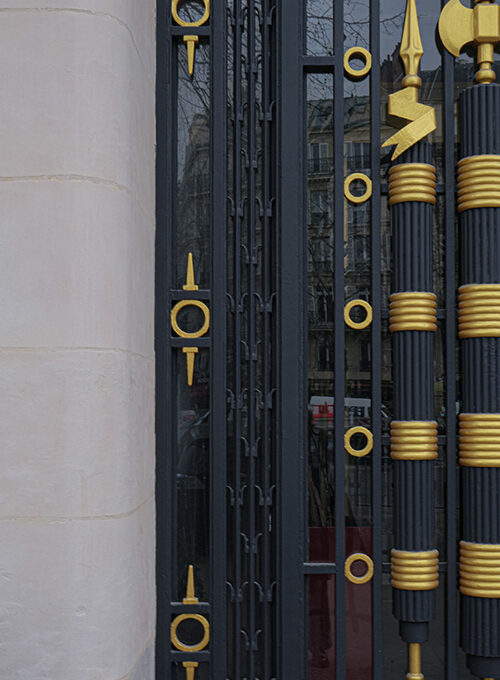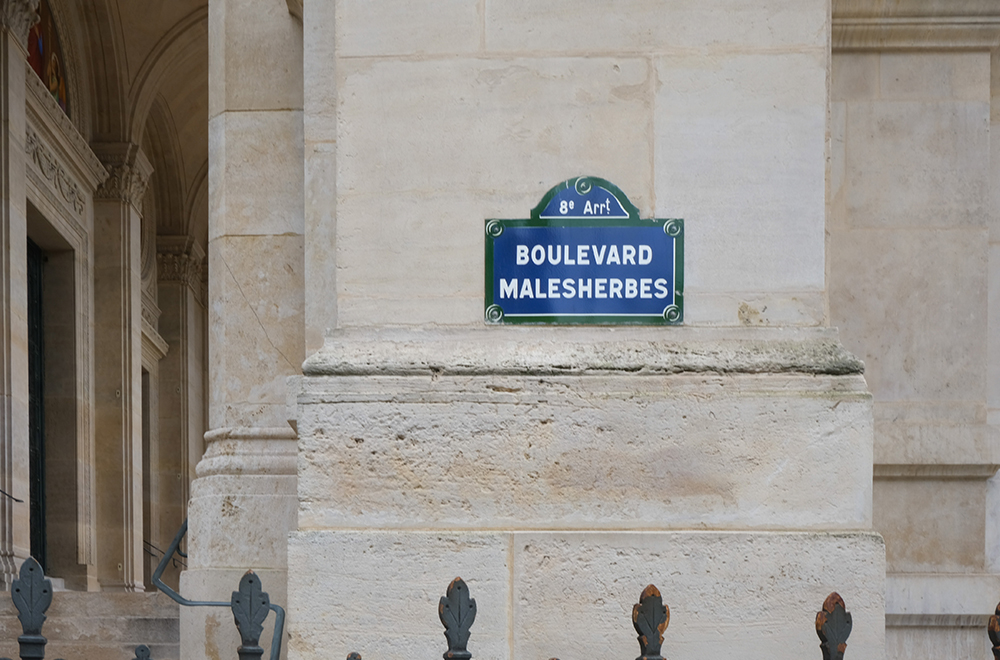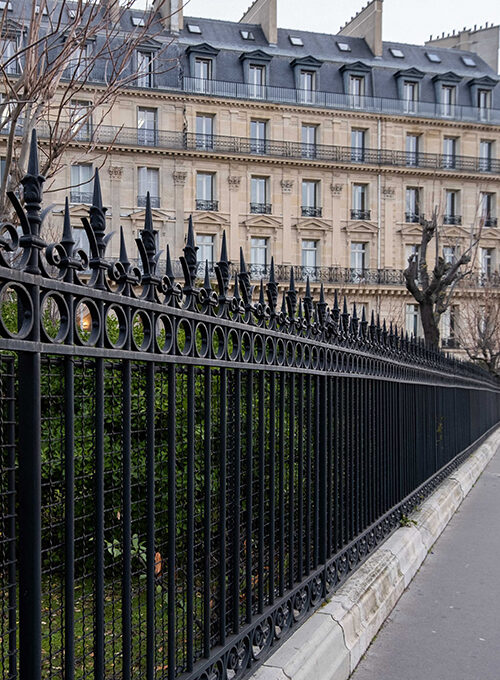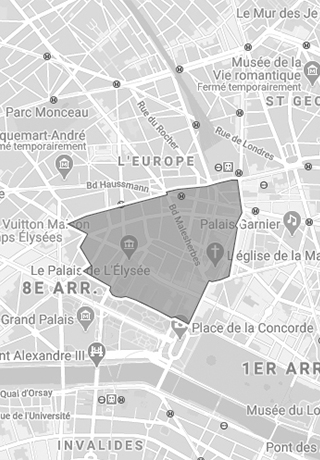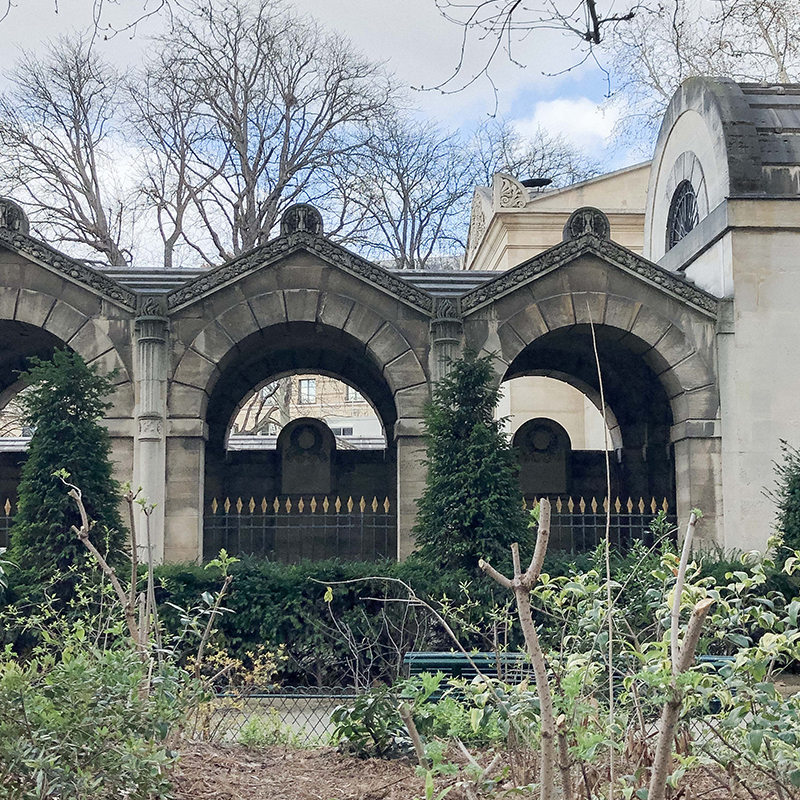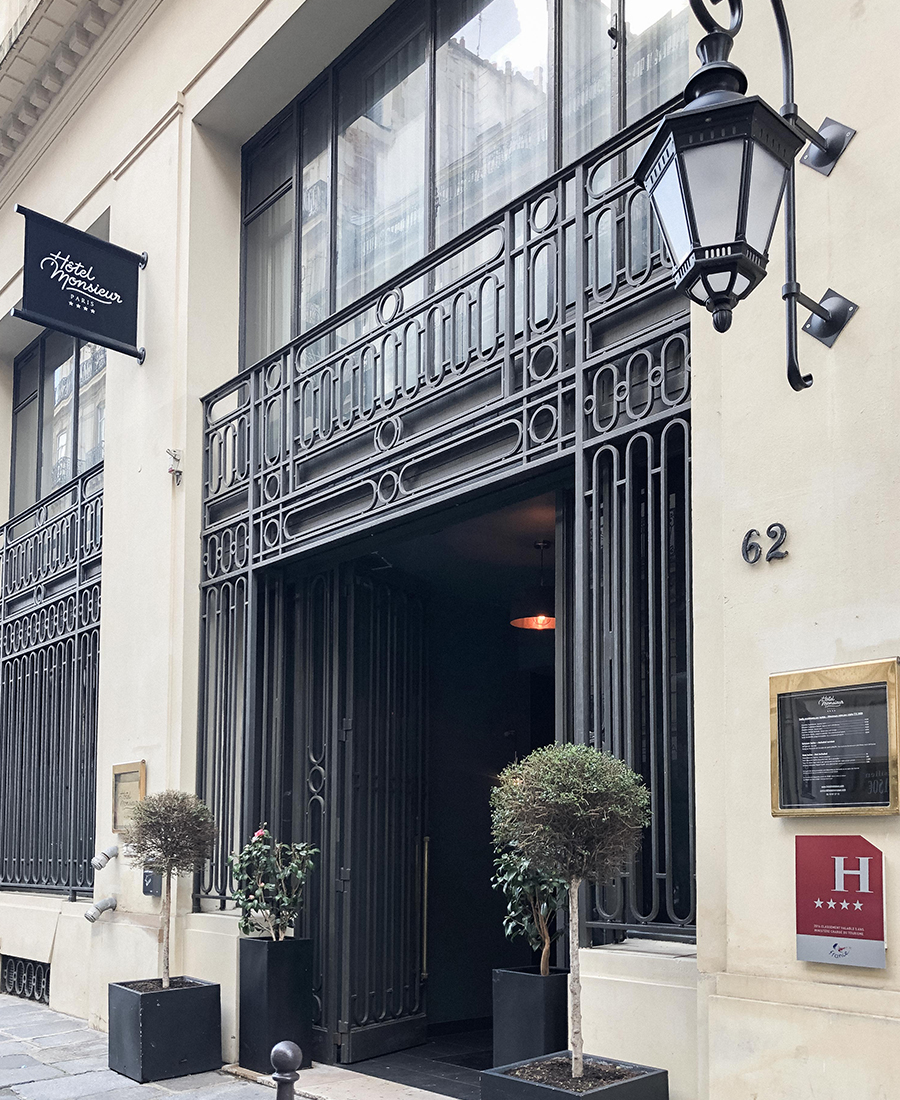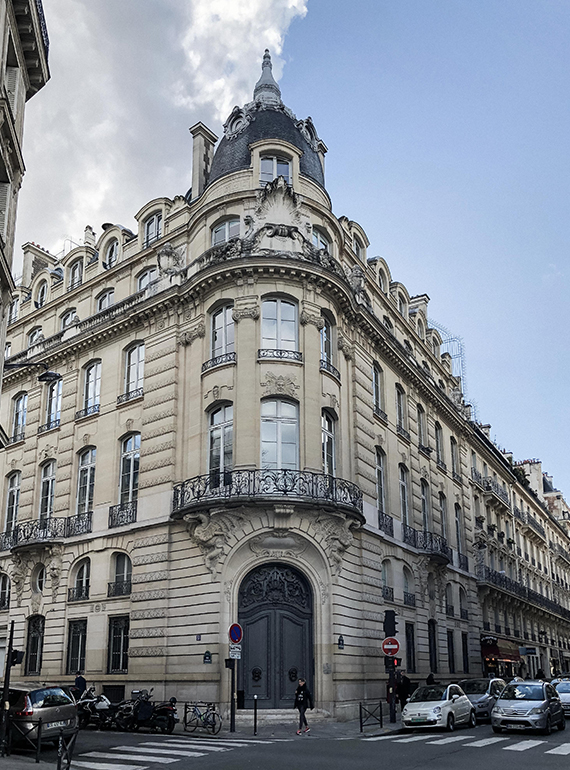SAINT-PHILIPPE-DU-ROULE


Located in the heart of the 8th arrondissement, Saint Philippe du Roule is a district steeped in history. Formerly, the district was a village comprising three hamlets around the Saint-Philippe-du-Roule church, at the level of the current Place des Ternes and the town of Bishop. These three small villages were united into a single district in 1639.
It is bounded to the east by avenues de Matignon, Delcassé and Percier, to the west by rue de Washington. The rue du Faubourg-Saint-Honoré plays the role of central axis which subdivides the district into two parts right through. In its center, there is the neoclassical church of Saint-Philippe du Roule. The surrounding streets are lined with elegant Haussmann buildings that house embassies, luxury hotels, including the Warwick, the California and the Marriott Champs-Élysées, the famous Gaveau concert hall, a former home of a piano maker, and restaurants such as the double star Apicius.
A historic district, with an urban landscape and a lively atmosphere.
